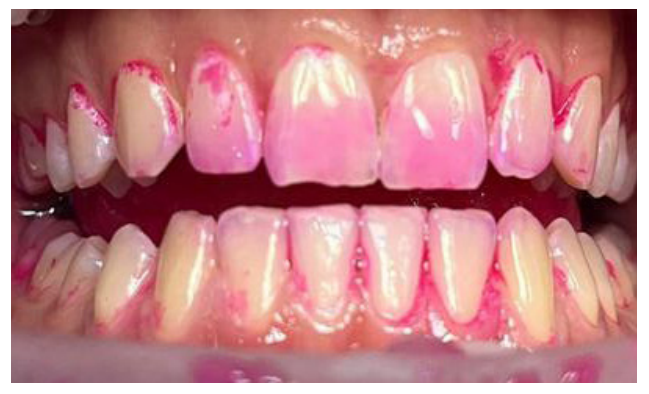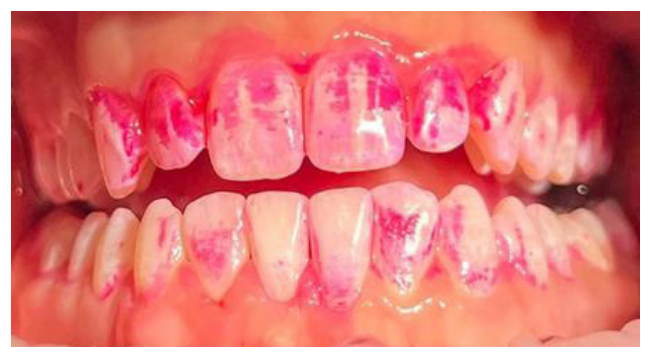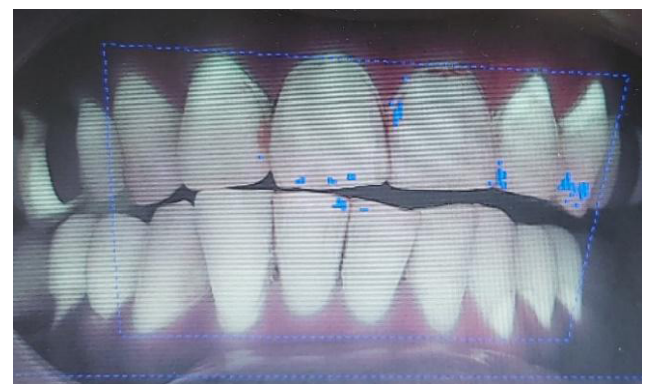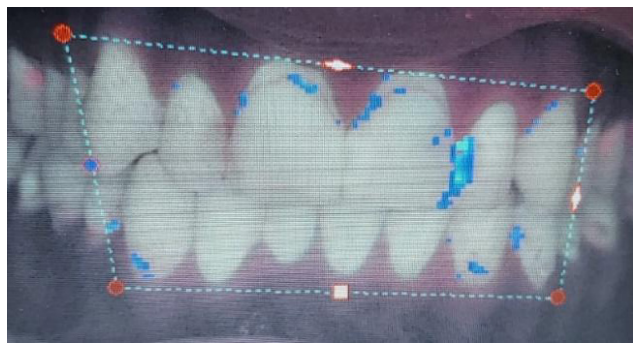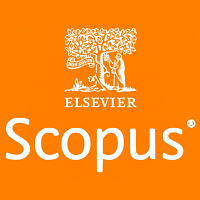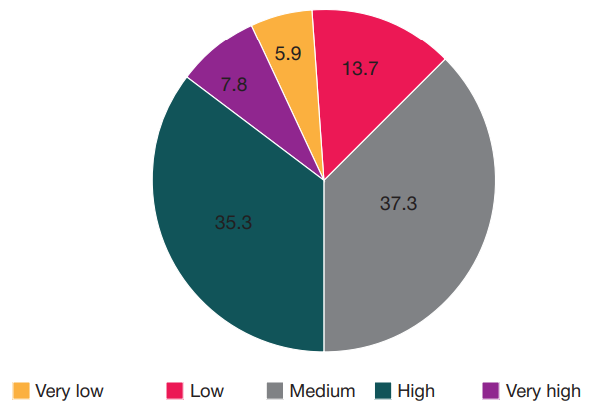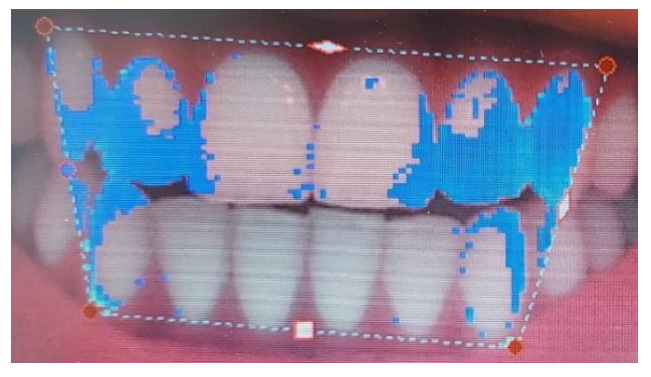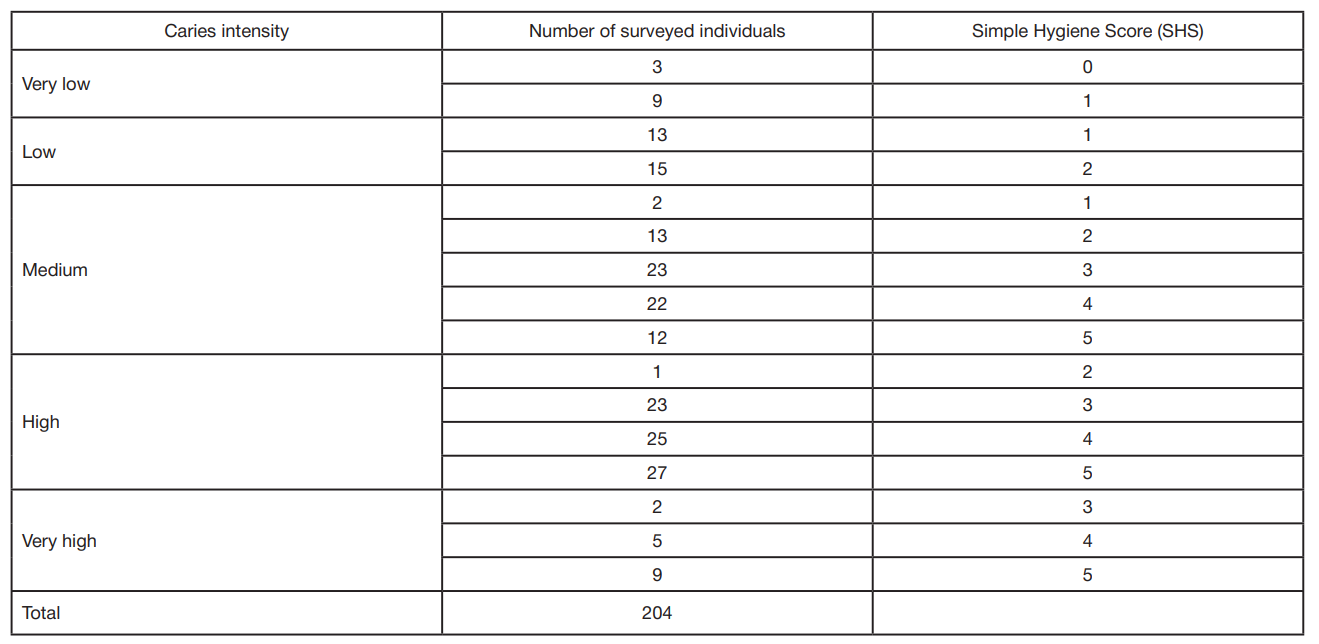
This article is an open access article distributed under the terms and conditions of the Creative Commons Attribution license (CC BY).
ORIGINAL RESEARCH
Application of quantitative light-induced fluorescence technique to determine individual oral hygiene levels
Pirogov Russian National Research Medical University, Moscow, Russia
Correspondence should be addressed: Ludmila V. Pobozhieva
Ostrovityanov, 1, bld. 7, Moscow, 117997; ur.liam@golotamots-alimdul
Author contribution: Pobozhieva LV — research procedure, data analysis, manuscript writing; Kopetskiy IS — manuscript editing; Kopetskaya AI — data analysis, manuscript writing.
Compliance with ethical standards: the study was approved by the Ethics Committee of the Pirogov Russian National Research Medical University (protocol No. 238 dated 19 March 2024). All the subjects submitted the informed consent to participation in the study.
